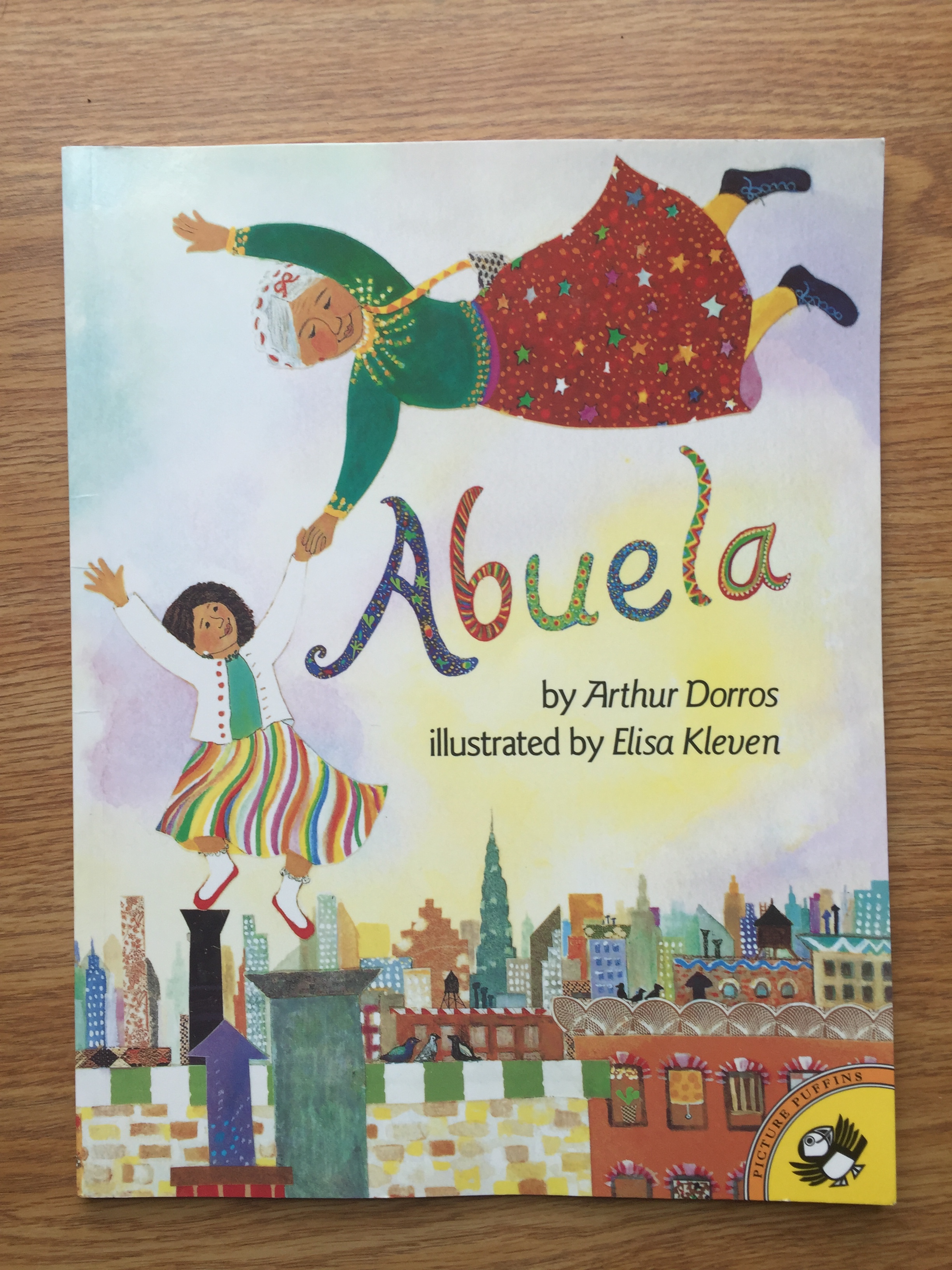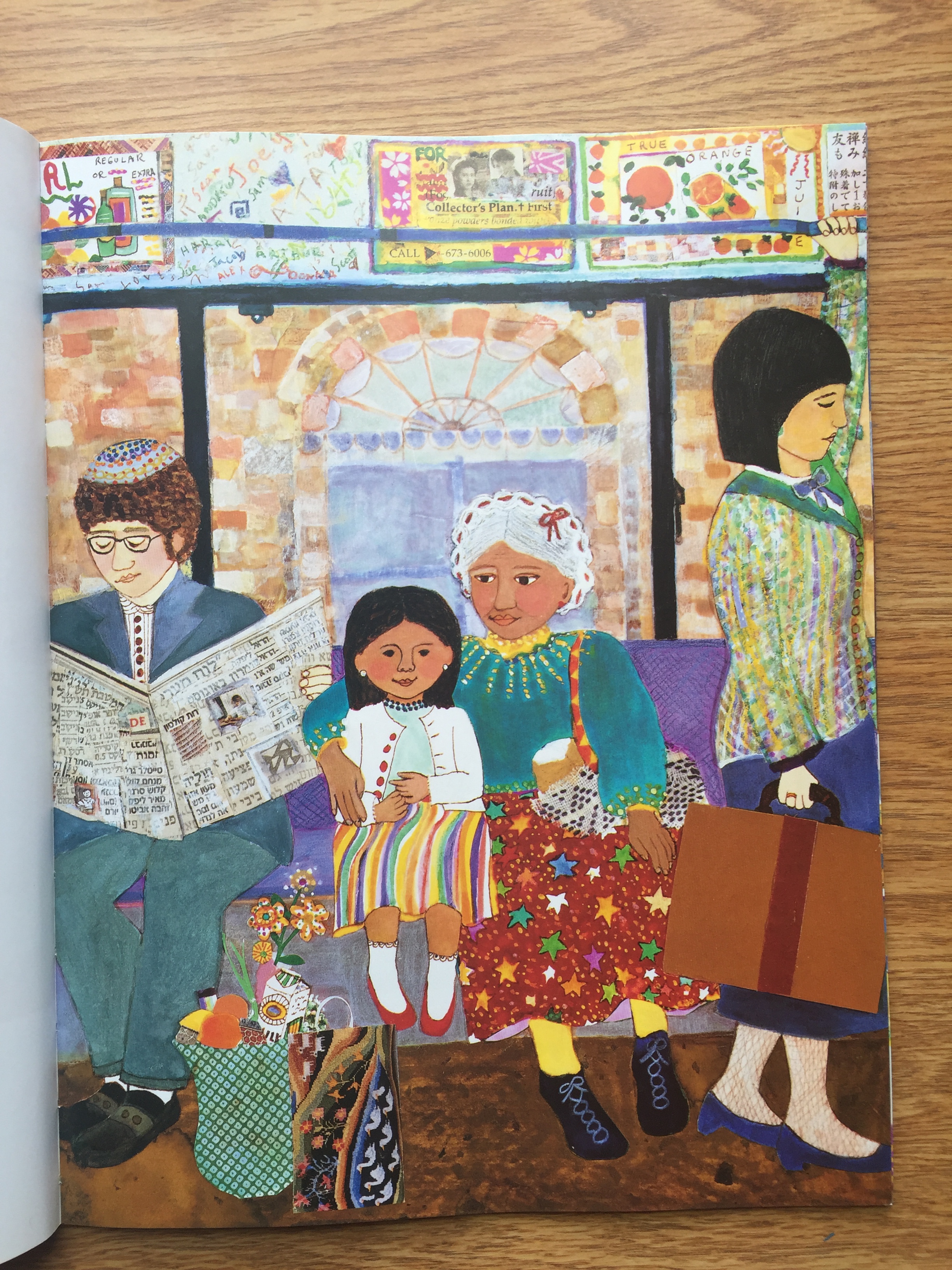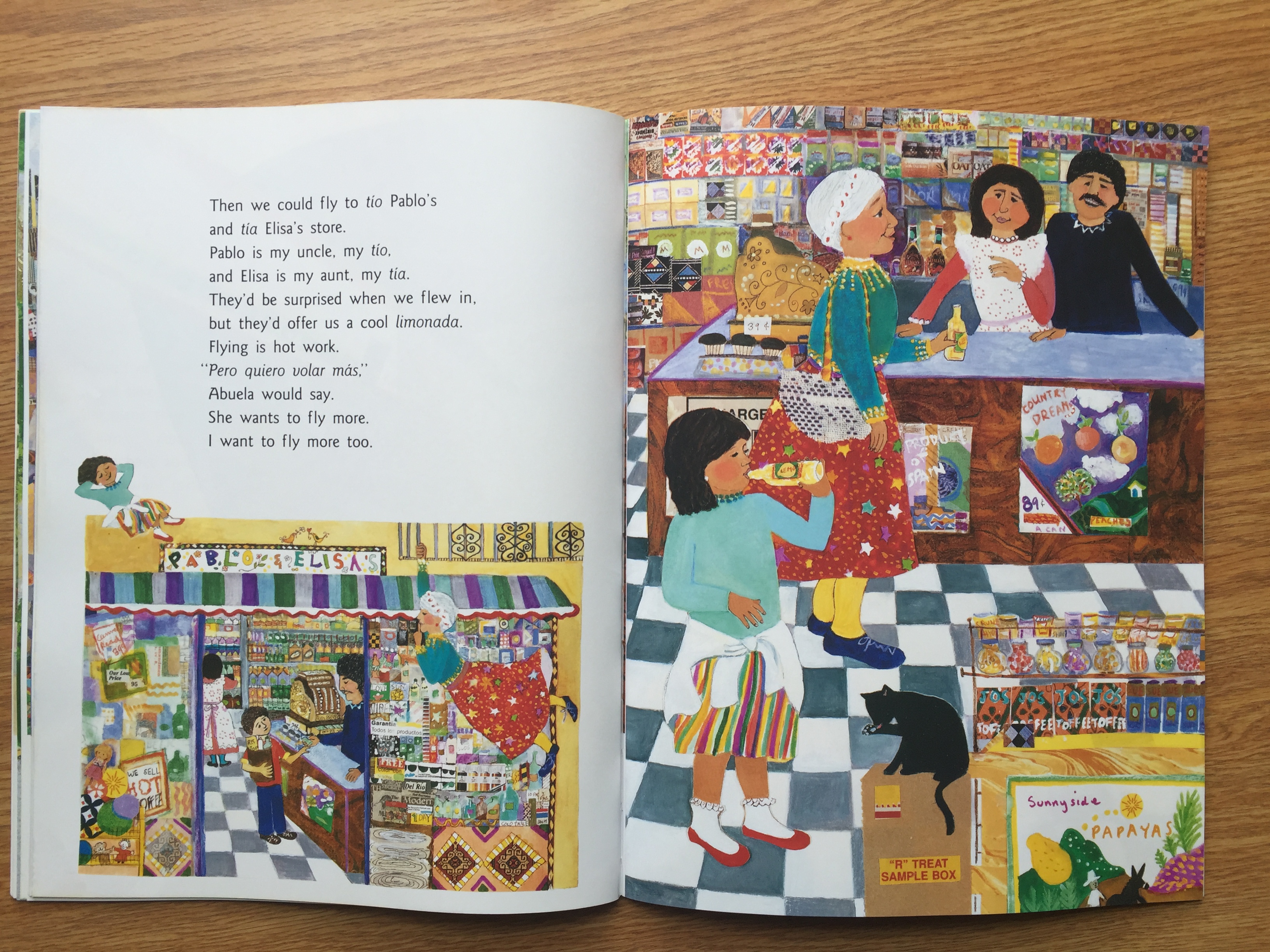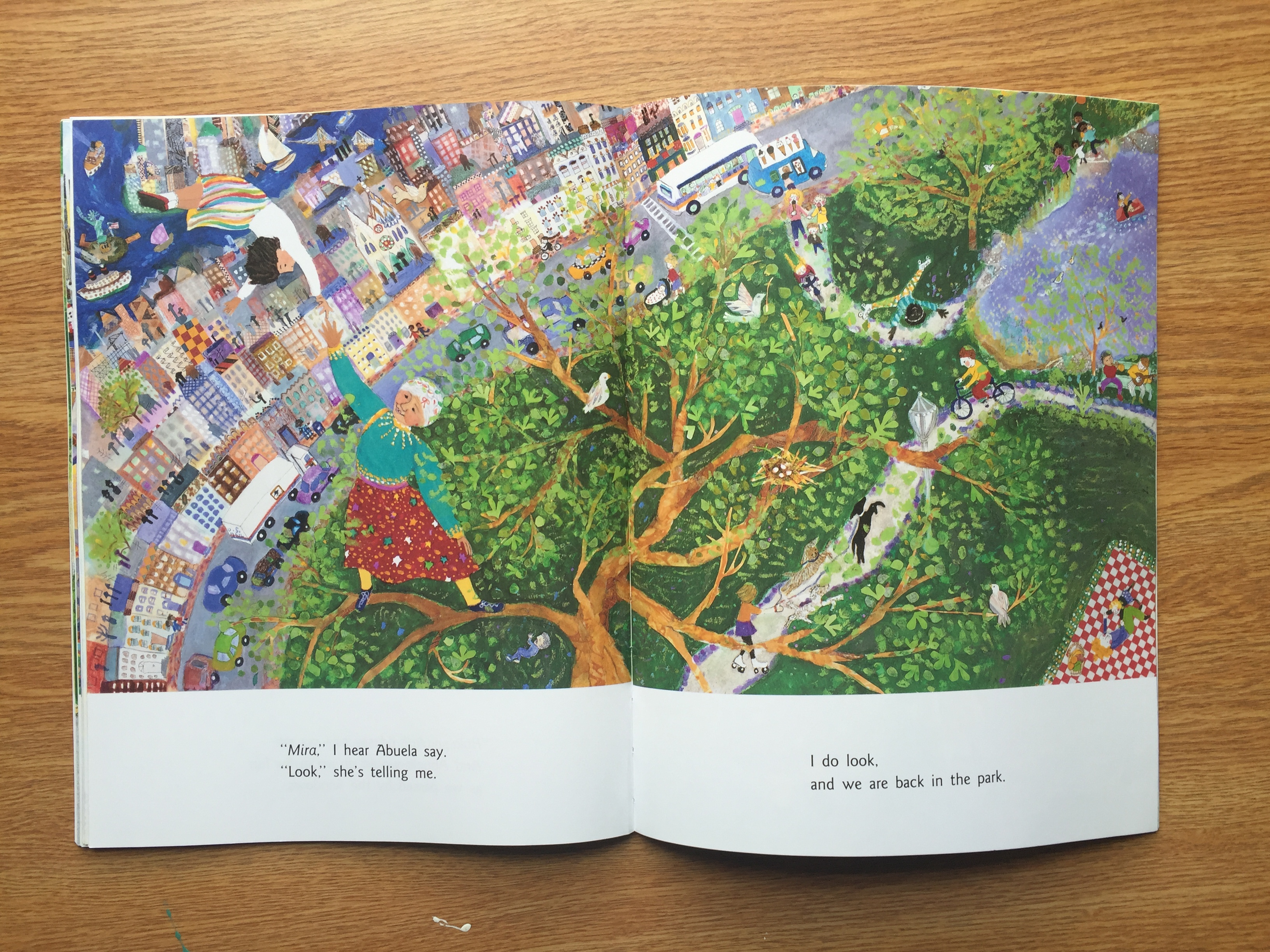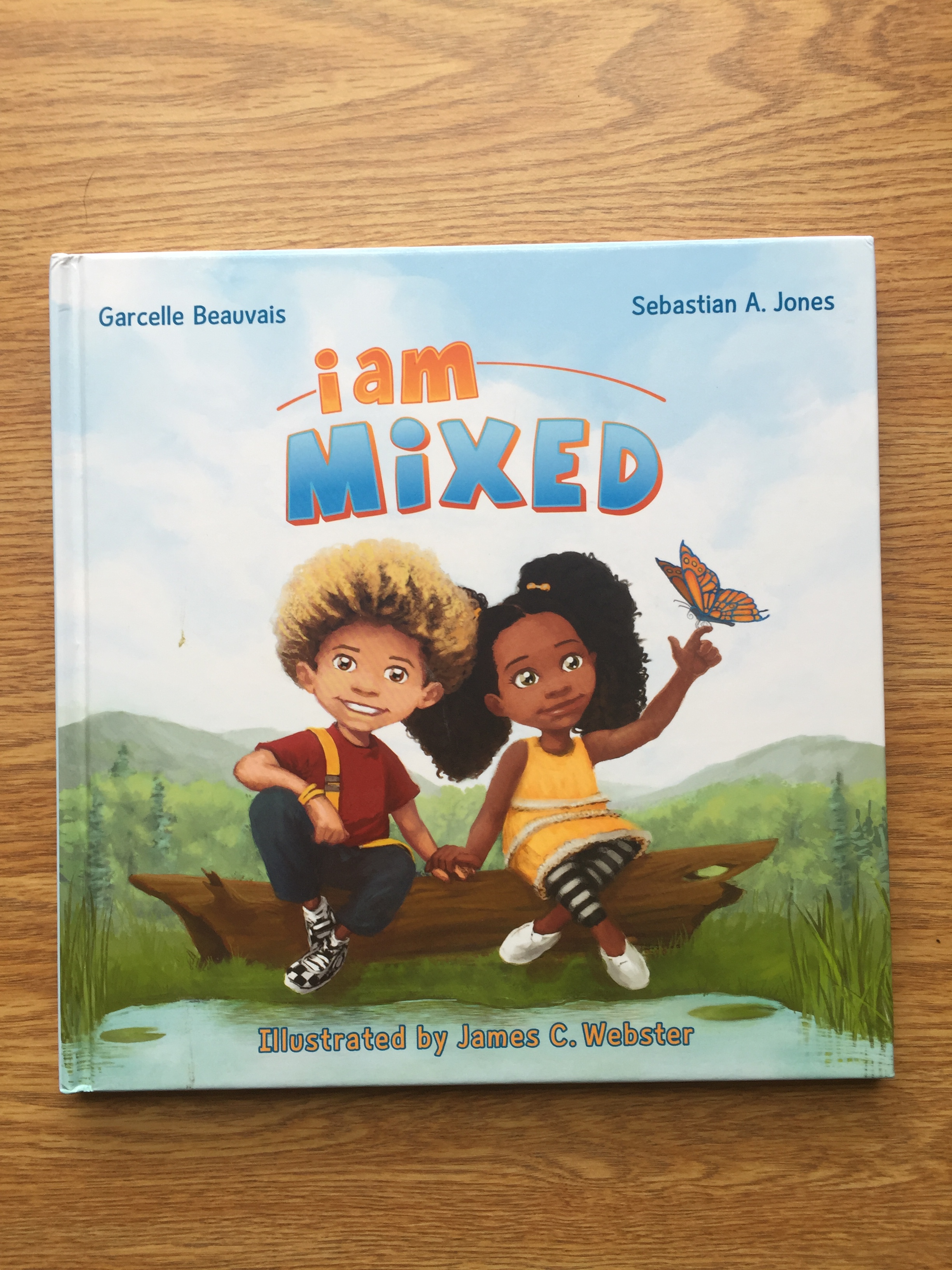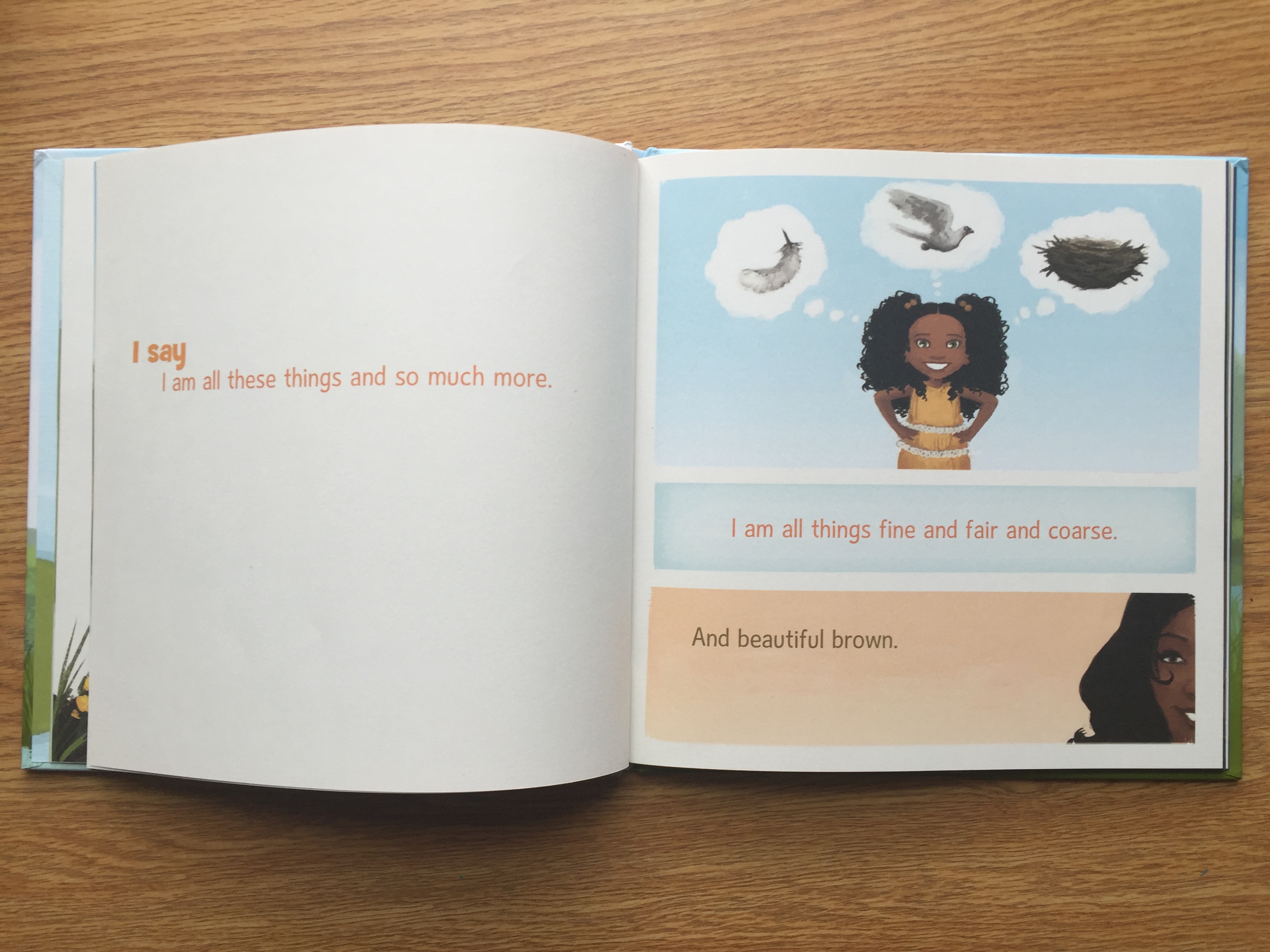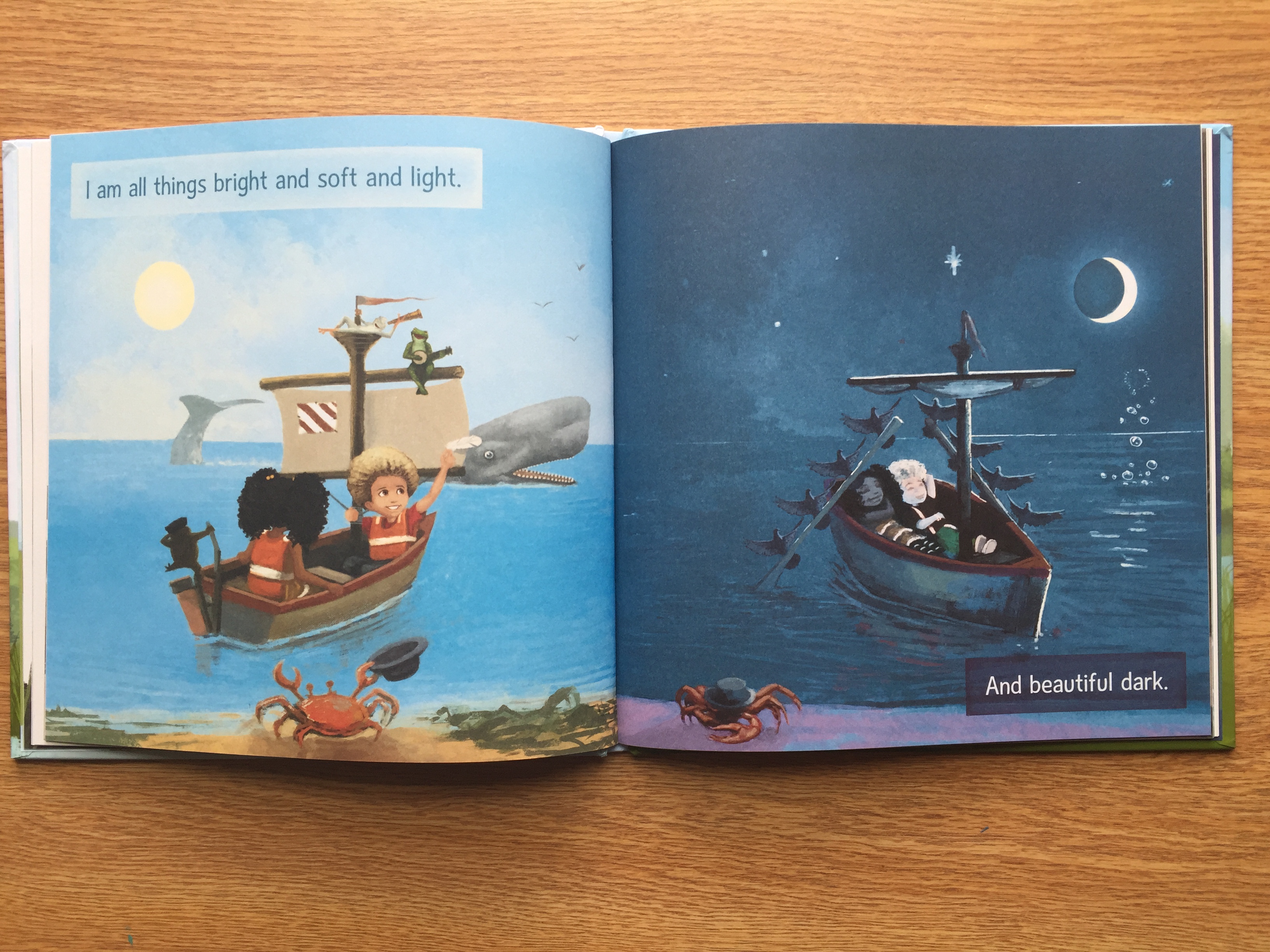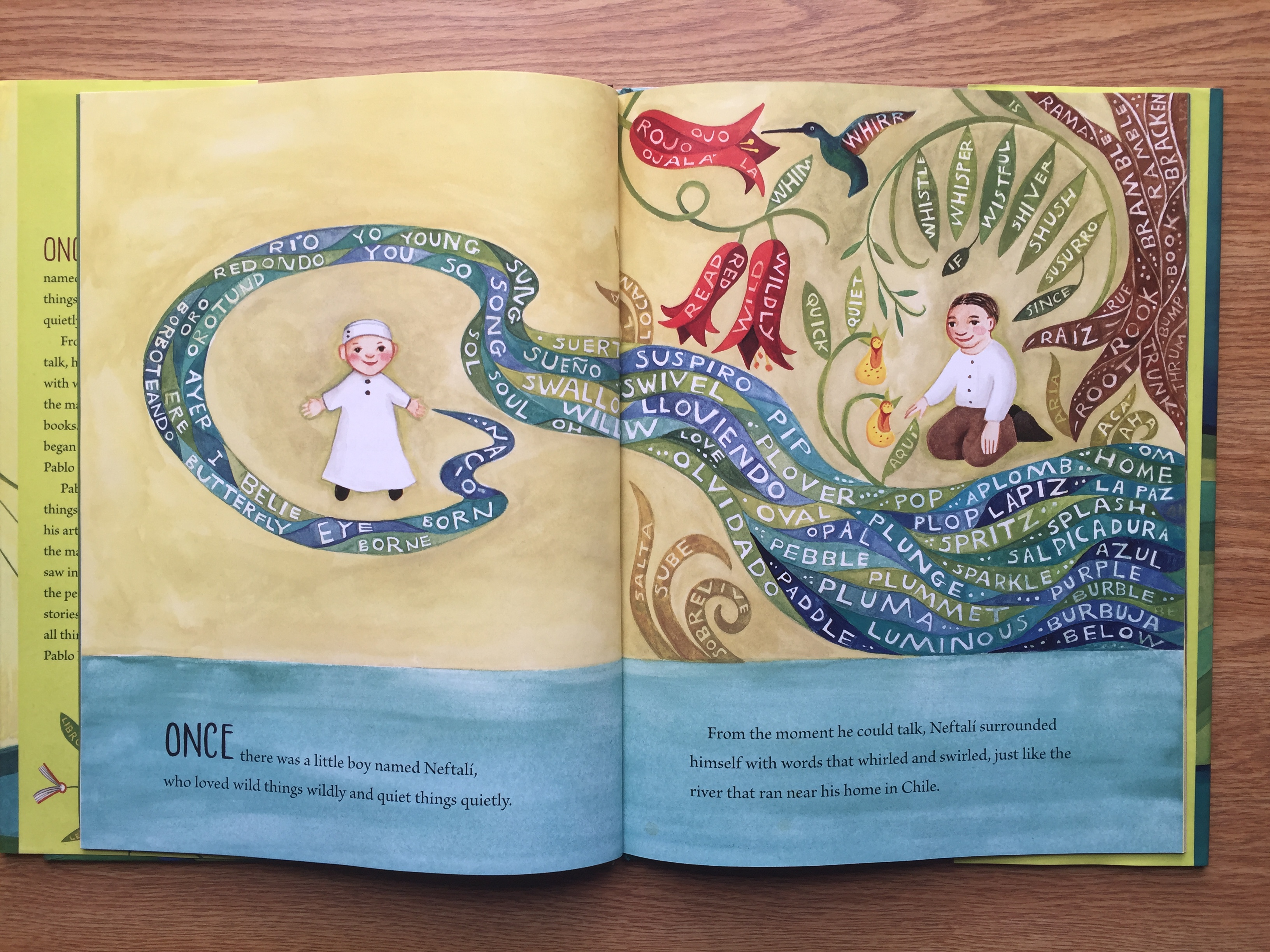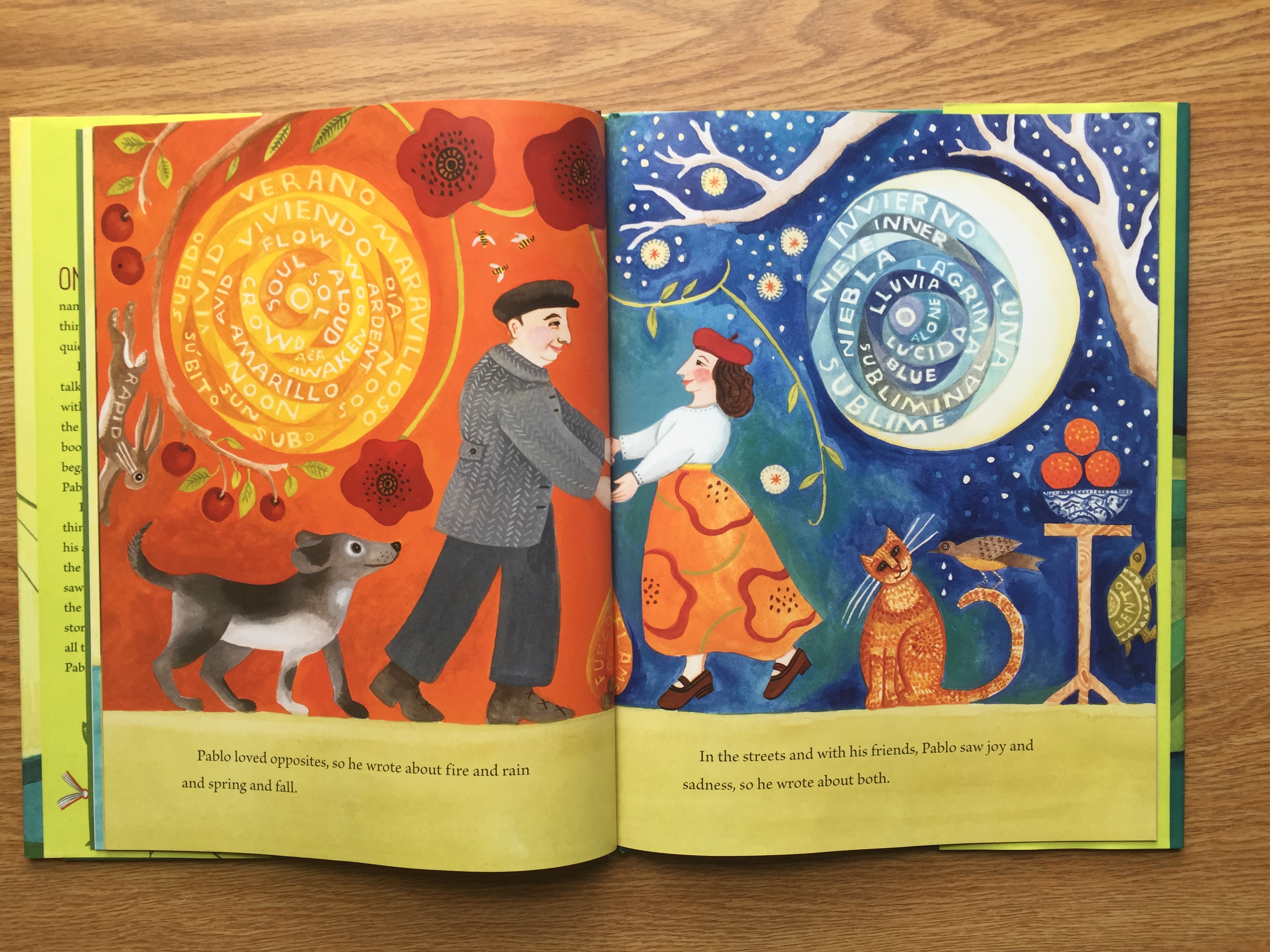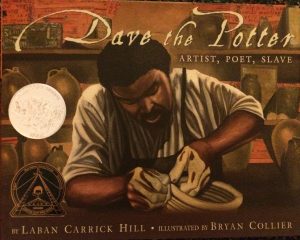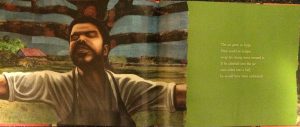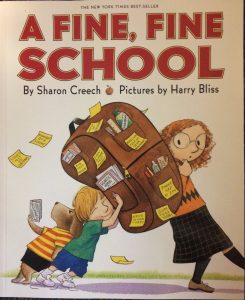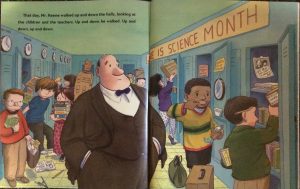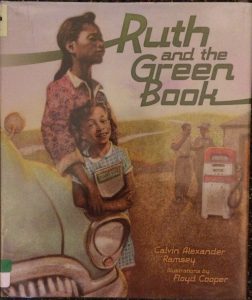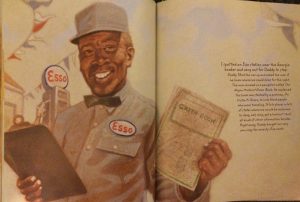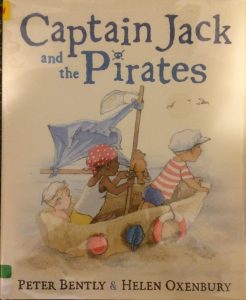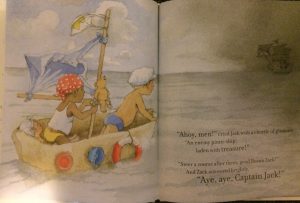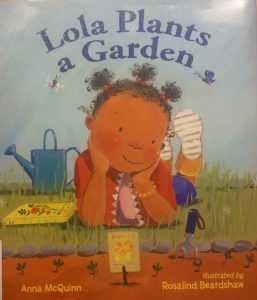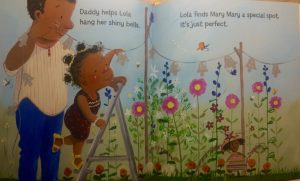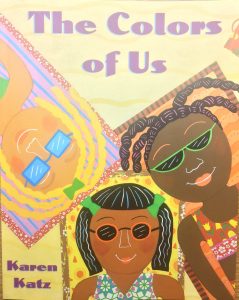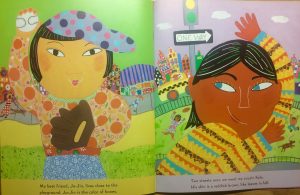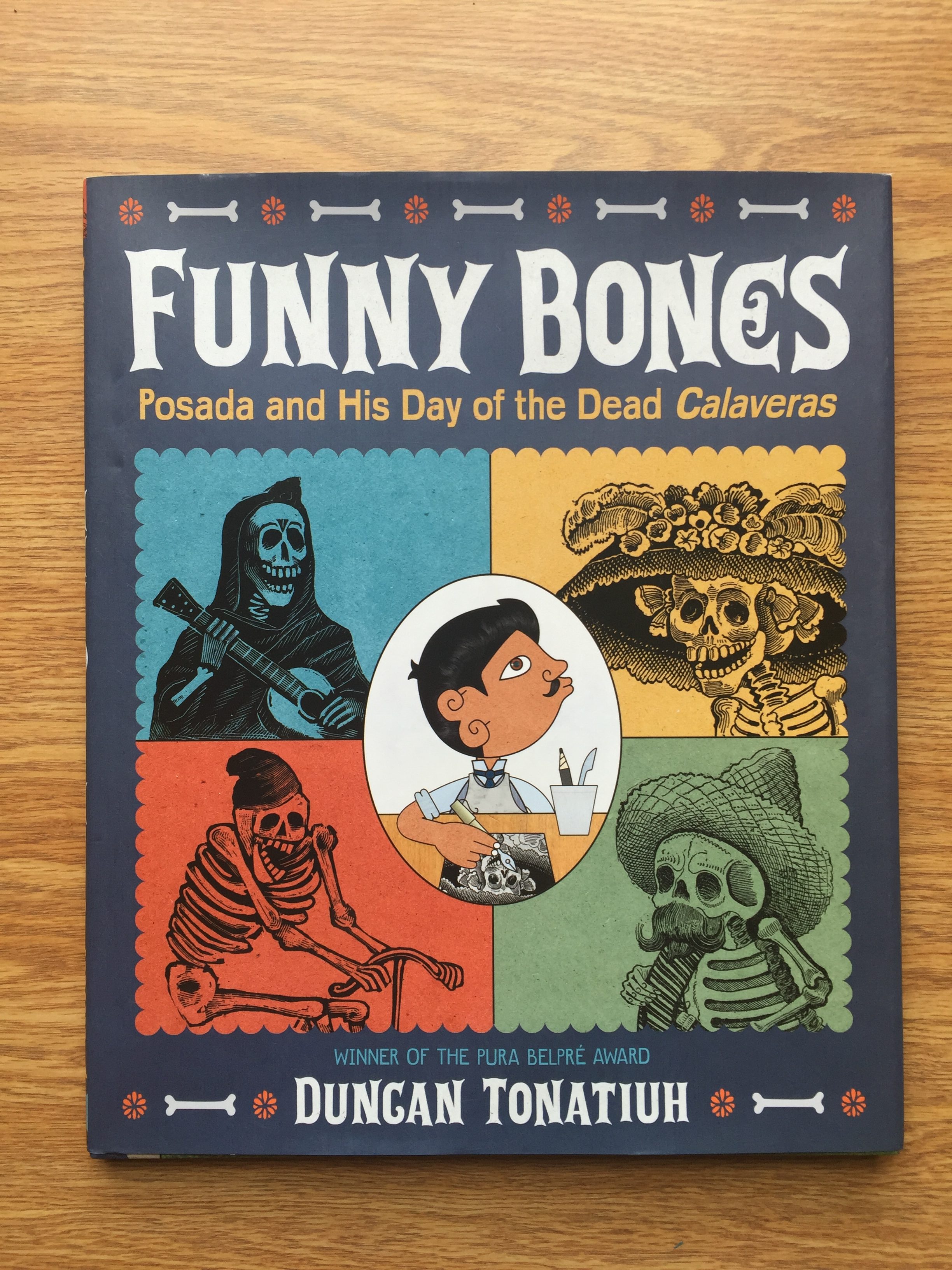
Author: Duncan Tonatiuh
Illustrator: Duncan Tonatiuh
Publisher and Year: Abrams Books 2015
Number of pages: 35
Genre: Non-Fiction Picture Book
Analysis
Funny Bones is the story of José Guadalupe Posada the creator of Calaveras, the festive bony figures found in Hispanic culture. The book walks through Posada’s life as he becomes an artist and eventually creates the Calaveras. The book discusses the idea that Posada created the Calaveras to show that although we are different on the outside, everyone is the same on the inside.

This book is great representation of Latino culture, currently and historically. Because the book contains copies of Posada’s actual original drawings along with Tonatiuh’s imaginative figures, it blends the historical cultural representation along with a more current cultural representation. This book also acts as a learning tool for some Spanish vocabulary. Different Spanish words are integrated into the text with a pronunciation guide and a definition. Having these words interspersed throughout the book acts as a view into the cultural context of specific words as well as a learning tool. The illustrations in the book are full of a wide range of colors. While there are many bright colors throughout the story, there is also a balance of earth tones. This makes the drawings, although done in an art style that is cartoonish, seem more realistic and helps enforce the real historical events that took place throughout José Guadalupe Posada’s life.

Ideologically, this book is full of empowerment and the importance of advocating for change. Posada begins his journey as an art student, but is remembered as an integral influence of change. With his creation of the Calaveras, Posada made a political statement about class divide, which was not something being discussed at the time. The book as a whole is informative about Posada’s life, but also allows for readers to ponder their own life. At the end of the book, the author asks the question “what would Posada’s Calaveras look like now a days?” which leaves room for the reader to apply Posada’s ideas to current life. This book would be a good tool in a classroom to apply Posada’s idea of Calaveras to life today. It would be easy to do an assignment focused around this idea. It is a different way to talk about Latino culture and incorporate different ideology into a classroom.


